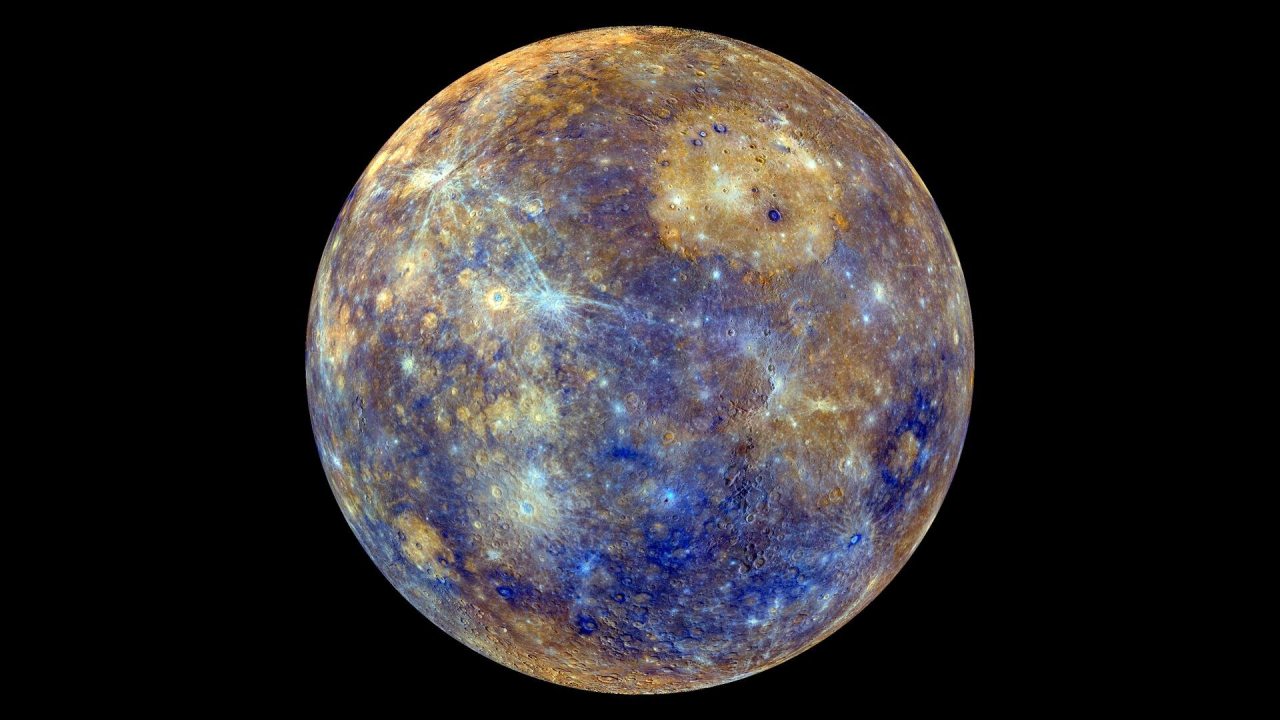Mercury is the closest planet to the Sun in the star system we live in. Due to this proximity, Mercury’s surface temperature can reach up to 426 degrees. Because of these high temperatures, scientists were of the opinion that there would be no life on this planet. However, we have come across some clues that there may be life on the planet Mercury.
Are there signs of life on the planet Mercury? Important tip for life in space
Mercury is both the smallest planet in our system and among the hottest planets due to its proximity to the Sun. Scientists from the Planetary Science Institute in Arizona reached interesting conclusions about traces of life on the planet Mercury in their research.
Accordingly, NASA’s Mercury probe Messenger found evidence of salt glaciers in regions of the planet with harsh salt-rich climates on Earth.

Scientists give the example that salt compounds create living spaces in difficult geographies such as the Atacama desert in Chile. As you know, the Atacama desert has the title of the driest hot desert in the world. In this sense, the evidence found on salt minerals on the surface of Mercury gives hope that there may be life.
Especially the presence of volatile compounds such as sodium, potassium, sulfur and chlorine found by the Messenger probe is among the important evidence. Because it was thought that these elements had long since ceased to exist on the planet, which does not have an atmosphere, due to its proximity to the Sun.
Scientists concluded that these elements were found in underground glacial forms, especially those formed as a result of a meteorite impact. In this sense, scientists think that the salt they encounter on the planet is also in these caves. In short, although Mercury is not an ideal planet for life, there is a possibility of having minerals and microbiological entities.
For humanity, the fact that life continues to exist on other planets is among the important proofs that we are not alone in the universe. The existence of life beyond Earth, even if it is at a micro level, is also important for life in space.